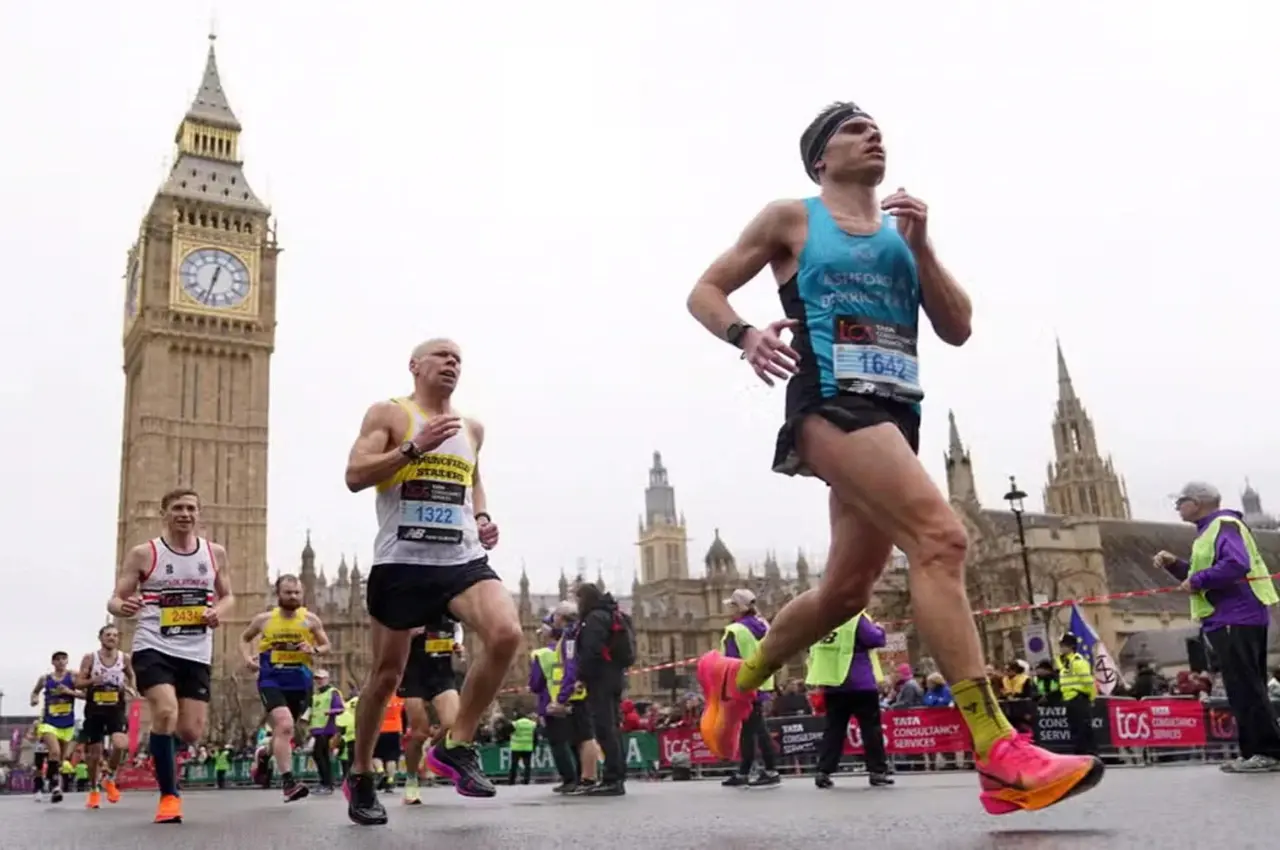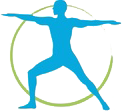
The Ultimate Marathon Preparation Guide: From Training to Recovery
As you lace up your running shoes, the iconic London Marathon looms on the horizon, not just as a race, but as a testament to your dedication, perseverance, and the spirit of challenge. Whether you’re a seasoned marathoner or a first-timer excited to take on the streets of London, the journey from training to crossing the finish line is as exhilarating as it is demanding. Preparing for this marathon is not just about clocking in the miles; it’s about nurturing your body, understanding its needs, and pushing its limits safely.
Training Essentials: Building Your Marathon Foundation
The foundation of any marathon training is building a solid base. This means gradually increasing your weekly mileage over time, allowing your body to adapt to the stresses of long-distance running. Start with distances that feel comfortable, and increase your mileage by no more than 10% each week. This method helps minimize the risk of overuse injuries, which can derail your training plans.
Integrating speed work into your training can significantly improve your race pace. Incorporate interval training one day a week to boost your cardiovascular efficiency. Tempo runs, where you run at a challenging but sustainable pace, are also crucial. These sessions train your body to handle the lactic acid buildup you’ll experience on race day.
“It gets you out of your comfort zone, forces you to run with more efficient form, teaches you recovery tools, and prepares you for the rush of adrenaline you’ll experience on race day,”
says Jerry Snider, an exercise physiologist and USATF-certified coach.
Long runs are the cornerstone of marathon training, gradually increasing in distance to prepare your body and mind for the marathon’s demands. Aim to simulate race conditions as closely as possible, from the early morning start to your hydration and fueling strategy. Remember, the goal of these runs isn’t speed but endurance and stamina.
Nutrition, Hydration and Breathing
A successful marathon training program goes beyond just running; it’s also about fueling your body right. Carbohydrates are your primary fuel source during long runs, so ensure your diet is rich in complex carbs from whole grains, fruits, and vegetables. Protein is crucial for muscle repair and recovery, so include lean sources like chicken, fish, tofu, and legumes in your meals. Don’t forget about healthy fats, which provide sustained energy—nuts, seeds, and avocados are excellent choices.
Additionally, hydration is equally important. Dehydration can significantly impair your performance and recovery. Aim to drink water throughout the day, not just during runs. For long distances, consider sports drinks or electrolyte supplements to replenish the salts lost through sweat.
Proper breathing is a cornerstone of effective marathon training, yet it’s often overlooked. Studies show that mastering breathing techniques can enhance oxygen delivery to your muscles, improve stamina, and even aid in relaxation and focus during your runs.
Diaphragmatic Breathing: also known as belly breathing, this technique involves breathing deeply into your lungs, allowing the diaphragm to expand downwards, resulting in a more efficient oxygen exchange. Practice by lying on your back with one hand on your stomach and the other on your chest. Focus on breathing so that only your stomach rises, training your body to use the diaphragm more effectively.
Rhythmic Breathing: rhythmic or cadence breathing helps in syncing your breathing with your foot strikes, minimizing the impact stress on your body and reducing the risk of injury. A common pattern is the 3:2 rhythm, inhaling for three footstrikes and exhaling for two. This technique ensures that you alternate the footstrike with each exhalation, distributing the impact more evenly across both sides of your body.
Incorporate these breathing techniques into your regular training, starting with slower, shorter runs until they become second nature. Over time, you’ll find your runs more manageable, and you’ll be able to maintain a comfortable pace with less effort. Remember, everyone’s rhythm is different, so experiment with what works best for you and stick with it.
Injury Prevention and the Role of Physiotherapy
Research data supports the notion that common misconceptions about running injury prevention programs are more commonly related to the belief that focusing solely on biomechanics is sufficient, overlooking the multifactorial nature of injuries; assuming a linear approach to training load without considering tissue adaptability; neglecting individual risk profiles and physiological conditions; and placing excessive emphasis on low-value interventions like footwear instead of evidence-based strategies. Don’t get us wrong, having proper running gear is essential, but it won’t save your run if everything else has been overlooked.
Physiotherapy is invaluable in the early identification and management of potential risk factors for injury. Through a detailed assessment of a runner’s biomechanics, physiotherapists can pinpoint inefficiencies or imbalances in gait that may not be apparent to the untrained eye. Customized exercise programs can then be developed to address these issues, focusing on strengthening weak muscles and improving joint mobility. This proactive approach minimizes the risk of common running injuries such as IT band syndrome, runner’s knee, and shin splints.
Beyond injury prevention, physiotherapy significantly contributes to performance optimization. Targeted exercises that strengthen the core and lower body, such as calf raises, squats, and planks, are just the starting point. Physiotherapists utilize advanced techniques like plyometrics and stability exercises to improve running efficiency, speed, and endurance. These exercises enhance muscular power and coordination, leading to more economical running form and reduced fatigue during long-distance events.
Recovery and Tapering Before the Marathon
In the final weeks before the marathon, tapering becomes crucial. Gradually reduce your mileage to allow your body to recover from the months of hard training and store energy for race day. This period is also the time to focus on mental preparation, setting realistic goals, and visualizing the race.
Evidence suggests that recovery strategies are equally critical throughout your training. Ensure you’re getting enough sleep, using compression garments, and considering massage or foam rolling to aid in muscle recovery. Techniques such as manual therapy, dry needling, and sports massage facilitate quicker recovery by enhancing blood flow, reducing muscle tension, and addressing soft tissue restrictions.
By focusing on comprehensive preparation—from meticulous training and nutrition to injury prevention and recovery—you set the stage for a rewarding and memorable experience. Embrace each step of this journey with confidence, knowing you’ve done everything to prepare for one of the most exhilarating challenges of your life. And in case you need any preventive care before your run or recovery sessions after, Physiomove London is here to help you through your journey. Here’s to a successful, injury-free race day—we hope you have an amazing experience that fuels your passion for running even further.











